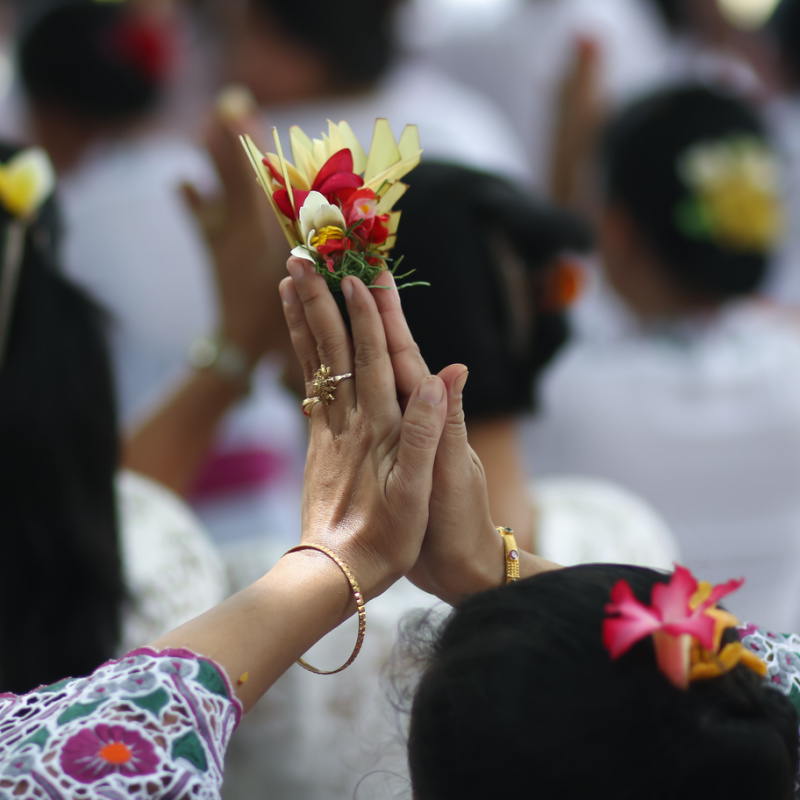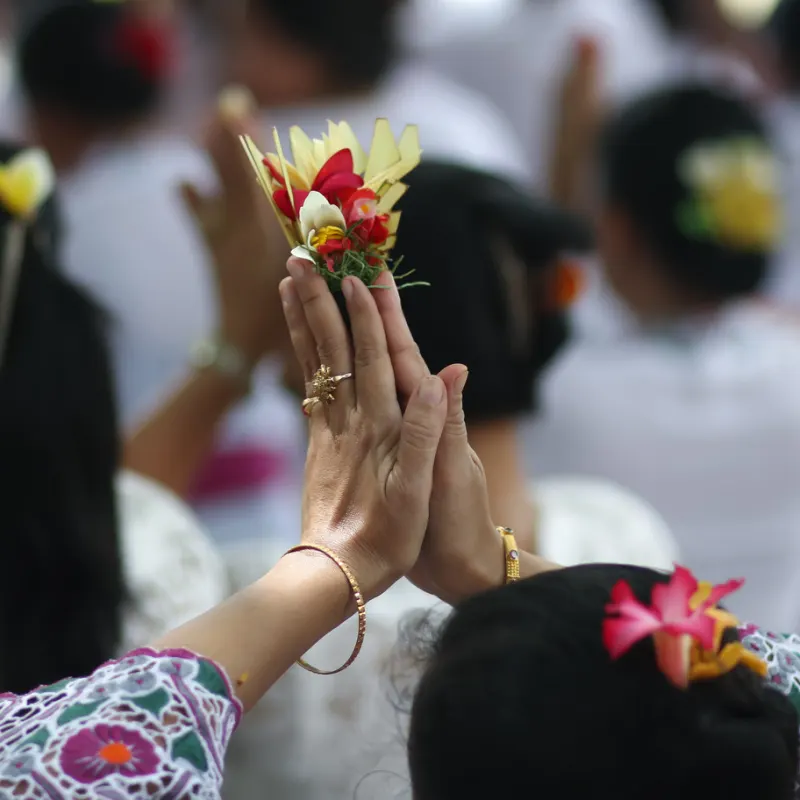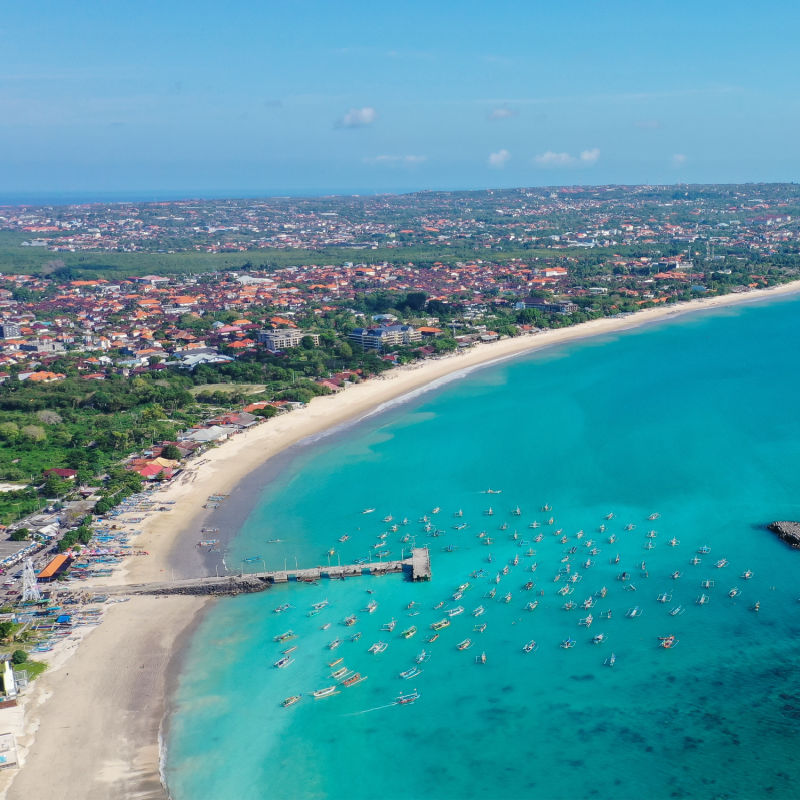Bali Kicks Back Over Backpackers, Tourists And Digital Nomad’s Frugal Spending Habits
3 min readBusiness owners in Bali have been talking to the media about the spending habits of tourists, backpackers, and digital nomads and how these trends are impacting their revenue.
According to some business owners, the frugal spending habits of a proportion of Bali’s over 6 million international visitors are proving costly and frustrating for local entrepreneurs.


Speaking to reporters Ibu Parubaya, the owner of a small fish restaurant in Kedonganan Fish Market, confirmed that on more than one occasion she has kicked out foreigners who have visited her stall and spent far more time than money in her premises.
She explained to reporters, “I told them to come out of my stall because they didn’t shop, just bought a glass of iced tea, then sat for hours, chatting for hours. It’s blocking other customers who want to eat here. [They should be used to being] kicked out because it’s normal.”
Low-spending tourists have a nickname in Bali, known as ‘Turis sandal jepit’ or flip-flop tourists, small local business owners across the island’s tourism resorts are starting to lose their patience with the frugality of some kinds of tourists.
Reporters visited cafes and food stall owners across the Kedonganan and Jimbaran Beach areas and found many stories similar. Some stall owners report foreign tourists over-haggling on the price of fruit, or a group of tourists sit down at a cafe or food stall and only one of them eats, while the others drink beverages purchased elsewhere.
These reporters were handed over to the Chairman of the Bali Marginal Tourism Actors Alliance, Wayan, Puspa Negara, who shared his insights on the situation. He noted that there are four main travel demographics to Bali and that these are identifiable by their spending habits, the first is the backpacker, the second is the middle-low, the third is the middle-up, and the fourth is the luxury traveler.
Negara told reporters “Especially in Bali, this Backpacker class is common to come even they are repeater guests, so it all depends on us, the government, stakeholders, interests, technical units, whether to filter them or not. The way to filter can be like the country of Bhutan, the number of tourists is limited.”
“We in Bali are still waiting for mass tourists, so like this, those who come at this time can be selected. It’s time for Bali to move towards quality tourism by strengthening the quality of the destination and human resources, and this can be done with the local government policy.”
Negara is not the first to reference a Bhutan-style tourism model as a potential starting point for redesigning the travel and tourism sector in Bali.
The previous Indonesian Minister for Tourism and Creative Economies, Sanidaga Uno, regularly discussed introducing a Bhutan-style model to Bali. In recent weeks, Bali Senator Ni Luh Djelantik has also shared content online calling for leaders to heed Bhutan’s highly controlled, sustainable tourism model.


Many feel, however, that mass tourism is far too prevalent in Bali and that a shift to a Bhutan-style tourism model featuring extremely limited quotas, mandatory guided tours, and expensive visas paid for on a by-day basis would be shortsighted.
If Bali only attracted luxury and high-end tourists, thousands of small businesses would collapse, including those along Jimbaran Beach and Kedonganan Beach, which the lower and middle-budget tourist demographics have long supported.


Though anecdotal reports that the number of tourists taking advantage of the hospitality of small businesses in Bali is on the rise, figures from the Central Statistics Agency earlier this month revealed that throughout 2024, the average expenditure of foreign tourists to Indonesia was USD 1,391, around IDR 22.8 million.
In 2024 the top spending tourists spend far beyond that of the average visitor. Swiss tourists spend an average of USD 2,194 USD per stay, followed by tourists from the United States who spend an average of USD 2,182, in third place were tourists from Austria who spent an average of USD 2,175.


Due to an apparent rise in the number of foreigners engaging in criminal activity in Bali and reports of low-spending tourists negatively impacting local businesses, Bali’s leaders will install more billboards around top resorts promoting the do’s and do n’ts of visiting the province.
Discover more from The Bali Sun
Subscribe to get the latest posts sent to your email.



